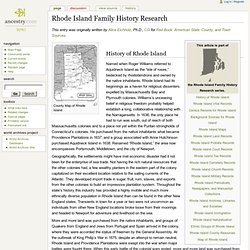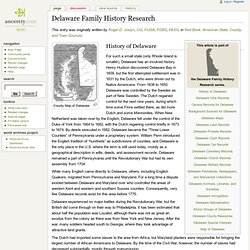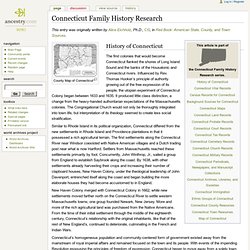

Good will farm maine. Sj9p130. The Wright Family Genealogy. Entries: 83018 Updated: 2013-05-30 16:51:22 UTC (Thu) Contact: Thomas Wright Home Page: The Wright Family Project This work would be less complete if it were not for cousins across the country that have added both individuals and depth to my research.

I hope you enjoy what you find posted on this site. I encourage anyone related to these family lines to contact me if you have any questions or wish to add additional information. Please do not substitute my work on this site in place of your own research. Index | Individual | Descendancy | Public Profile Descendant Register, Generation No. 1 Descendant Register, Generation No. 2 Descendant Register, Generation No. 3 Descendant Register, Generation No. 4 I am certain that there are many omissions and errors within this work.
Printer Friendly Version Search Ancestry Search WorldConnect Join Ancestry.com Today! WorldConnect Home | WorldConnect Global Search | WorldConnect Help. Maine Genealogy & History Free Databases. About.com: Genealogy Greene. Greene (Green) family of Plymouth colony : Greene, Richard Henry, 1839-1926. The Skowhegan register, 1905 : Mitchell, H. E. (Harry Edward), 1877-1944, comp. History of the old towns, Norridgewock and Canaan, comprising Norridgewock, Canaan, Starks, Skowhegan, and Bloomfield, from their early settlement to the year 1849; including a sketch of the Abnakis Indians : Hanson, J. W. (John Wesley), 1823-1901 : Free. Rhode Island Family History Research. From Ancestry.com Wiki This entry was originally written by Alice Eichholz, Ph.D., CG for Red Book: American State, County, and Town Sources.

County Map of Rhode Island Named when Roger Williams referred to Aquidneck Island as the “isle of roses,” bedecked by rhododendrons and owned by the native inhabitants, Rhode Island had its beginnings as a haven for religious dissenters expelled by Massachusetts Bay and Plymouth colonies. Williams’s unceasing belief in religious freedom probably helped establish a long, collaborative relationship with the Narragansetts. In 1636, the only place he had to run was south, out of reach of both Massachusetts colonies and to a place not yet within the Puritan strongholds of Connecticut’s colonies.
Geographically, the settlements might have met economic disaster had it not been for the enterprise of sea trade. The towns in Rhode Island remained reasonably separate and distinct groups that coexisted despite considerable differences. Massachusetts Family History Research. From Ancestry.com Wiki This entry was originally written by Alice Eichholz, Ph.D., CG, for Red Book: American State, County, and Town Sources.

Map of Massachusetts The Pilgrims landed on the outermost reaches of Cape Cod in 1620, considerably north of their original destination in Virginia. Providence would have it that they would create their colony based on the experimental ideals of religious freedom and self-government in a colder climate than they had expected. Plymouth Colony’s development, and that of its neighbor to the near north, the Massachusetts Bay Colony, established ten years later, set a course for new models regarding the concept of community, political life, and records. Massachusetts was the stepping-stone for numerous other settlements that developed along the New England coast and for thousands of immigrants who came in waves across the Atlantic over the next four centuries. Massachusetts citizens were catalysts for another war of Northern ideals. Maine Family History Research. Delaware Family History Research.
From Ancestry.com Wiki.

Connecticut Family History Research. From Ancestry.com Wiki This entry was originally written by Alice Eichholz, Ph.D., CG, in Red Book: American State, County, and Town Sources.

County Map of Connecticut The first colonies that would become Connecticut flanked the shores of Long Island Sound and the banks of the Housatonic and Connecticut rivers. Influenced by Rev. Thomas Hooker’s principle of authority growing out of the free expression of its people, the utopian experiment of Connecticut Colony began between 1633 and 1635. Similar to Rhode Island in its political organization, Connecticut differed from the new settlements in Rhode Island and Providence plantations in that it possessed a rich agricultural terrain. New Haven Colony merged with Connecticut Colony in 1662, while new settlements moved farther north on the Connecticut River to settle western Massachusetts towns; one group founded Newark, New Jersey. By the end of the Revolution, family farms were unable to support the large number of young people in the area.
MA RootsWeb. American Ancestors - Home.